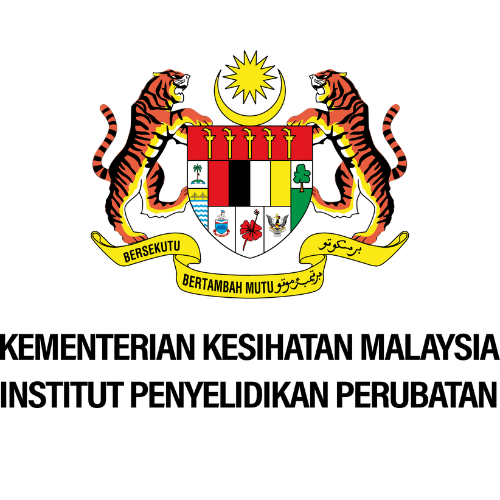Pouteria obovata (R.Br.) Baehniv
Family
Sapotaceae
Synonyms
Sideroxylon ferrugineum Hook. & Arnott, Planchonella obovata (R.Br.) Pierre.
Vernacular Names
| Malaysia | Nyatoh laut (General), menasi, misi (Peninsular), umas umas (Sabah). |
| Indonesia | Nyatu karikit (Sumatra), jengkok (Java), nyatoh gambir (Kalimantan). |
| Thailand |
Chan thit so (General), phang ka bok (Peninsular), nga sai (Songkhla, Surat Thani). |
| Philippines | Mangkas (Sulu), banasi (Tagalog), bungalong (Iloko). |
| Cambodia | Rom denh. |
| Vietnam |
M[ooj]c, c[aa]y tr[uws]ng g[af]. |
Geographical Distributions
Pouteria obovata occurs throughout southern Asia, from India, Pakistan and the Seychelles, through Indo-China, southern China and Malesia to the Solomon Islands and north-eastern Australia.
Description
Pouteria obovata is a tree of various dimensions, from small (10 m) to medium-sized (30 m) or sometimes even reaching up to 40 m tall. The bole varies from crooked and gnarled to straight and is branchless for over 10 m (and usually with plank buttresses).
The leaves are evenly distributed, usually obovate but sometimes elliptical-lance-shaped, with distinct reticulate tertiary venation, and usually velvety beneath but often glabrescent.
The flowers are in 1-20-flowered clusters in axils of leaves, borne on pedicels 2-10 mm long and white to greenish.
The fruit is obovoid or nearly spherical, measuring 1-1.5 cm long, smooth, whitish-yellow, red or blue.
Ecology / Cultivation
Pouteria obovata is highly variable and grows on rocky and sandy sea coasts and on the landward side of mangroves, but also on limestone hills and in mixed forests, up to 400 m altitude. The variability is also present in the wood: the recorded density ranges from 560 to 1220 kg/m3 at 15% moisture content; the wood is reported as both durable (the Philippines) and not durable (Indonesia) and it is pale yellow.
Line Drawing / Photograph
References
- Plant Resources of South-East Asia No. 5(1): Timber trees: Major commercial timbers.




